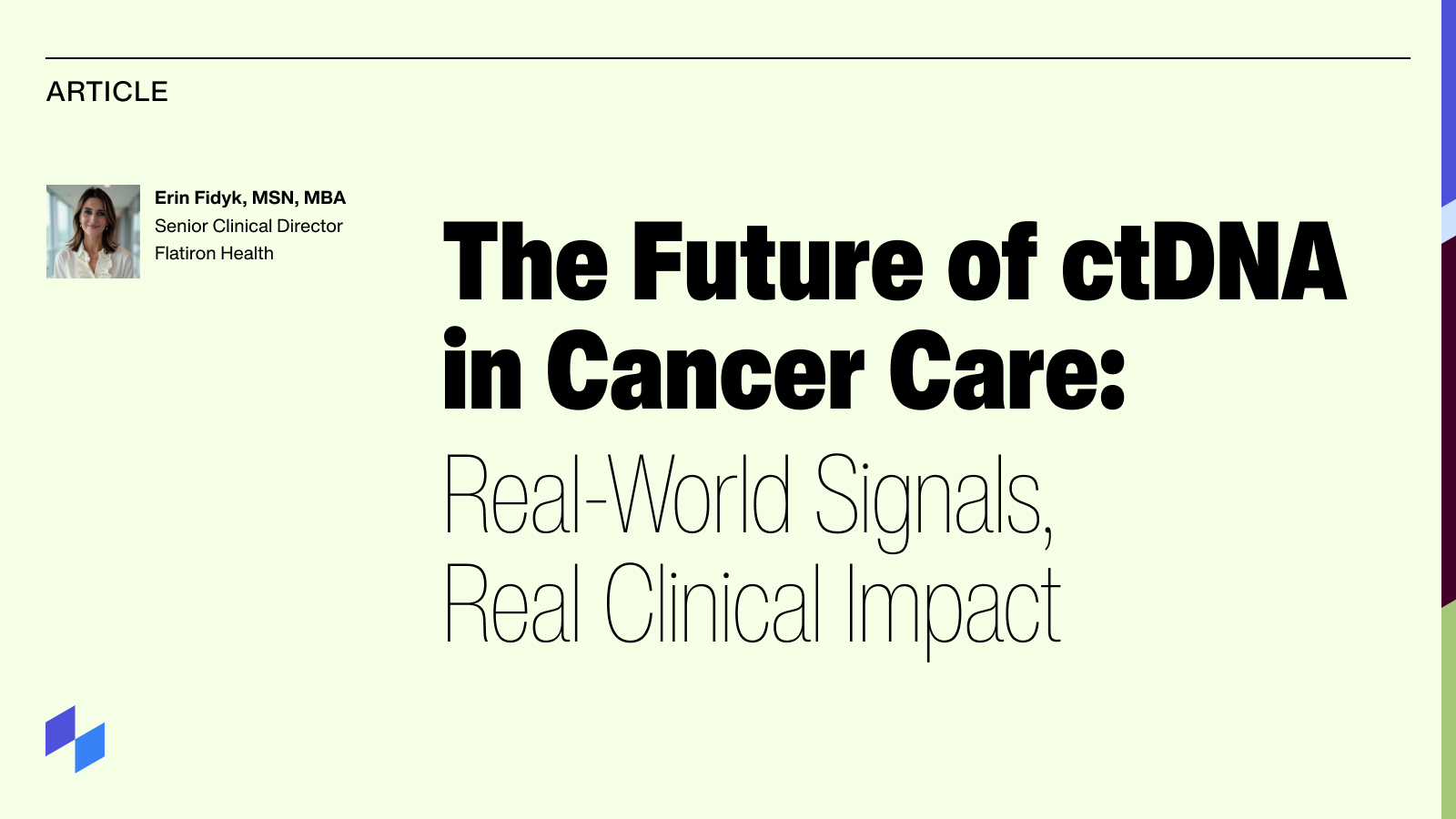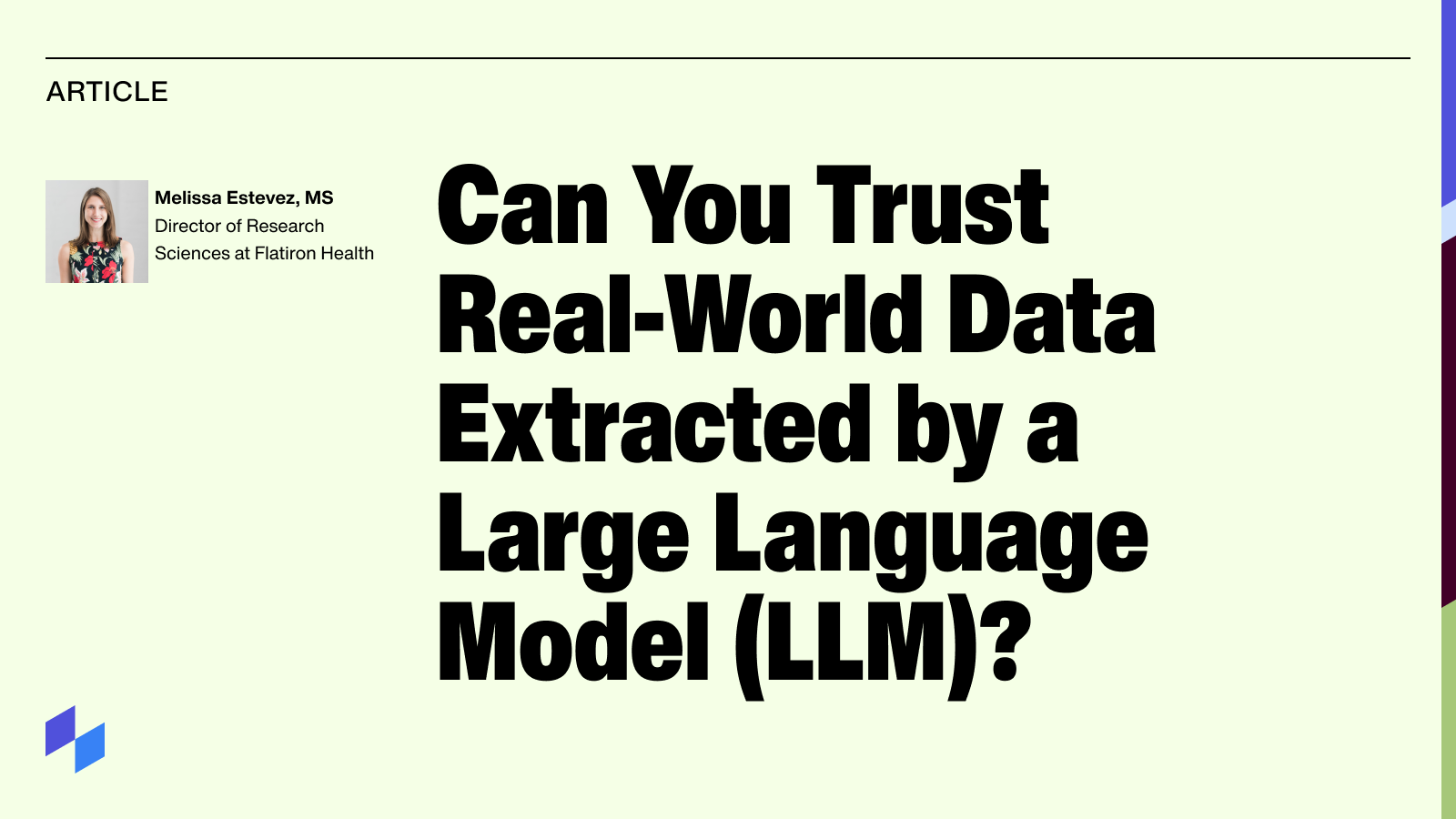Drug approvals are a critical milestone, but they're rarely the end of the story. Post-approval research is essential to answering safety and effectiveness questions that clinical trials simply cannot address. These studies often include more diverse patient cohorts that reflect real-world populations—patients who may not have met strict trial inclusion and exclusion criteria, patients with comorbidities, and patients from underrepresented populations.
Regulatory agencies—including the FDA, EMA, and PMDA—seek robust, representative post-approval safety evidence. The EMA, in particular, represents the safety interests of multiple European countries and is beginning to ask for data from multiple local areas. This creates a critical question: How can sponsors efficiently and accurately answer questions about treatment safety and effectiveness for patients worldwide, while also providing locally relevant data that reflects country-specific populations, treatment guidelines, and care infrastructure?
In research to be presented at ISPOR Europe 2025, we explored the feasibility of using EHR-derived data to support post-approval safety assessments. The team investigated two critical use cases for patients with advanced breast cancer treated with CDK4/6 inhibitors:
- Laboratory Testing Patterns Study: The reliability of EHR data to monitor liver function tests across the UK, Germany, and Japan
- Neutropenia Adverse Events Study: The ability of EHR data to identify known treatment-associated adverse events—specifically neutropenia—in the UK
What We Found
Both studies found that their results aligned with clinical expectations and demonstrated the feasibility of using EHR-derived laboratory data for safety monitoring. This is significant: it means that the adverse event rates identified through EHR data aligned with what clinicians and previous studies have shown to be true. For pharma sponsors designing PMC/PMR studies, this validation is critical—it proves that EHR-derived RWD can reliably capture the safety events that regulators are asking for.
What makes this research particularly powerful is that it was conducted across three distinct healthcare systems simultaneously. Flatiron's recent achievement of harmonizing multinational real-world data was a key contributor to accomplishing this research. The company successfully navigated complex regulatory barriers, including the EU's General Data Protection Regulation (GDPR) and Japan's Act on the Protection of Personal Information (APPI), to enable cross-border data harmonization and analysis while maintaining local data control and compliance. This harmonization represents what many in the research community initially thought was impossible—the ability to analyze patient-level data across multiple countries within a secure, compliant environment opens entirely new possibilities for post-approval safety research.
Why This Matters
For Pharma Sponsors | If you're designing a post-approval safety study, this research has immediate implications. Rather than relying on prospective data collection—which is costly, time-intensive, and burdensome for clinical sites—you can leverage existing EHR data that's already being collected as part of routine patient care. This approach:
- Reduces operational burden: Sites don't need to participate in additional data collection protocols and you can begin analyses faster, with data that's already been captured
- Improves representativeness: EHR data reflects real-world patient populations, not just those enrolled in clinical trials
- Enables multinational evidence: You can simultaneously gather safety data from multiple geographies, addressing regulatory requirements for local data
For Regulators and HTA Bodies | By unlocking real-world data for safety research, multi-national data sources can generate meaningful safety evidence and support a growing number of countries' ability to be locally represented in safety studies moving forward. This directly addresses the EMA's stated preference for local data and the broader regulatory trend toward more representative post-approval evidence.
For Patients | Ultimately, local safety data improves patient access and treatment decisions by:
- Revealing country-specific risks: Identifying adverse event patterns that may be unique to local populations
- Tailoring treatments to local populations: Enabling clinicians to make informed decisions based on data from patients like theirs
- Informing public health policy: Supporting regulatory and HTA decisions that reflect local healthcare contexts
What's Next
This research has unlocked a multitude of additional questions and opportunities, from expanding the research to additional geographies, exploring rare and complex adverse events, and incorporating large language models to scale this work. Moving forward, the Flatiron team is hoping to conduct deep dives in Germany and Japan and explore additional adverse events across additional tumor types.
One of the most exciting frontiers is the potential role of large language models (LLMs) in scaling this work. While LLMs did not play a role in these initial studies, a big question moving forward is: How can they help identify even rarer adverse events buried within the unstructured notes of a patient's record? This could unlock a new dimension of post-approval safety research—enabling rapid identification of safety signals that are currently difficult to identify with traditional surveillance methods.
Flatiron's team of researchers, software engineers, and medical oncologists—local to each geography—have successfully built the infrastructure to support multinational safety research. If you're designing a PMC/PMR study, or if you're thinking about how to strengthen your post-approval evidence strategy, Flatiron has the expertise, the data infrastructure, and the proven track record to be your thought partner.
Learn more about our presence at ISPOR Europe and our real-world evidence offerings.
Research Details
- Laboratory Testing Patterns in Patients with Breast Cancer Treated With CDK4/6 Inhibitors: A Multi-Country Electronic Health Record Study From the UK, Germany, and Japan | Poster Session 3, Code SA59 | Tuesday, November 11, 2025
- Incidence of Neutropenia Adverse Events Identified in Electronic Health Care Records Among Initiators of CDK4/6 Inhibitors With Advanced Breast Cancer in the UK | Poster Session 3, Code EPH143 | Tuesday, November 11, 2025


